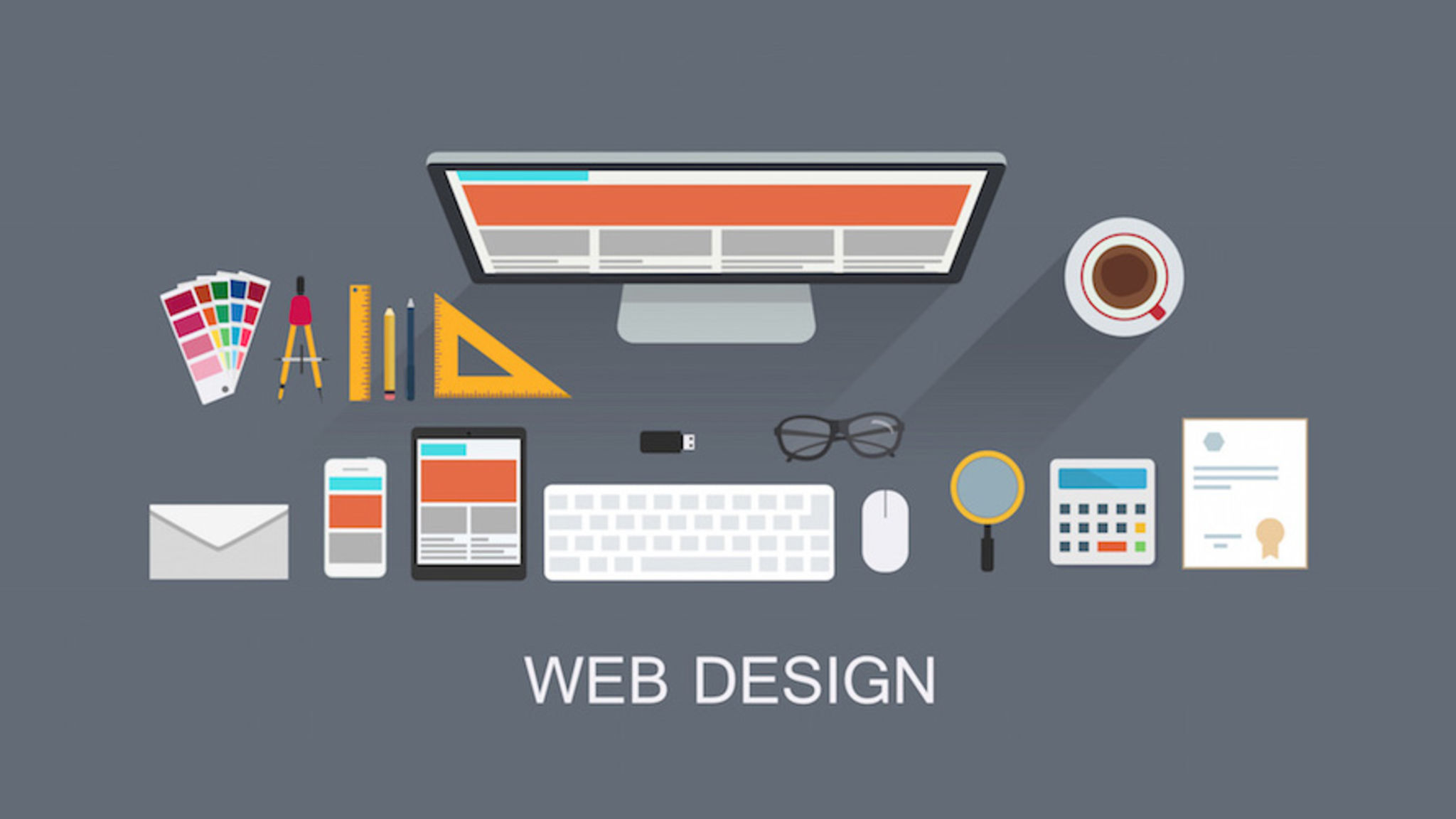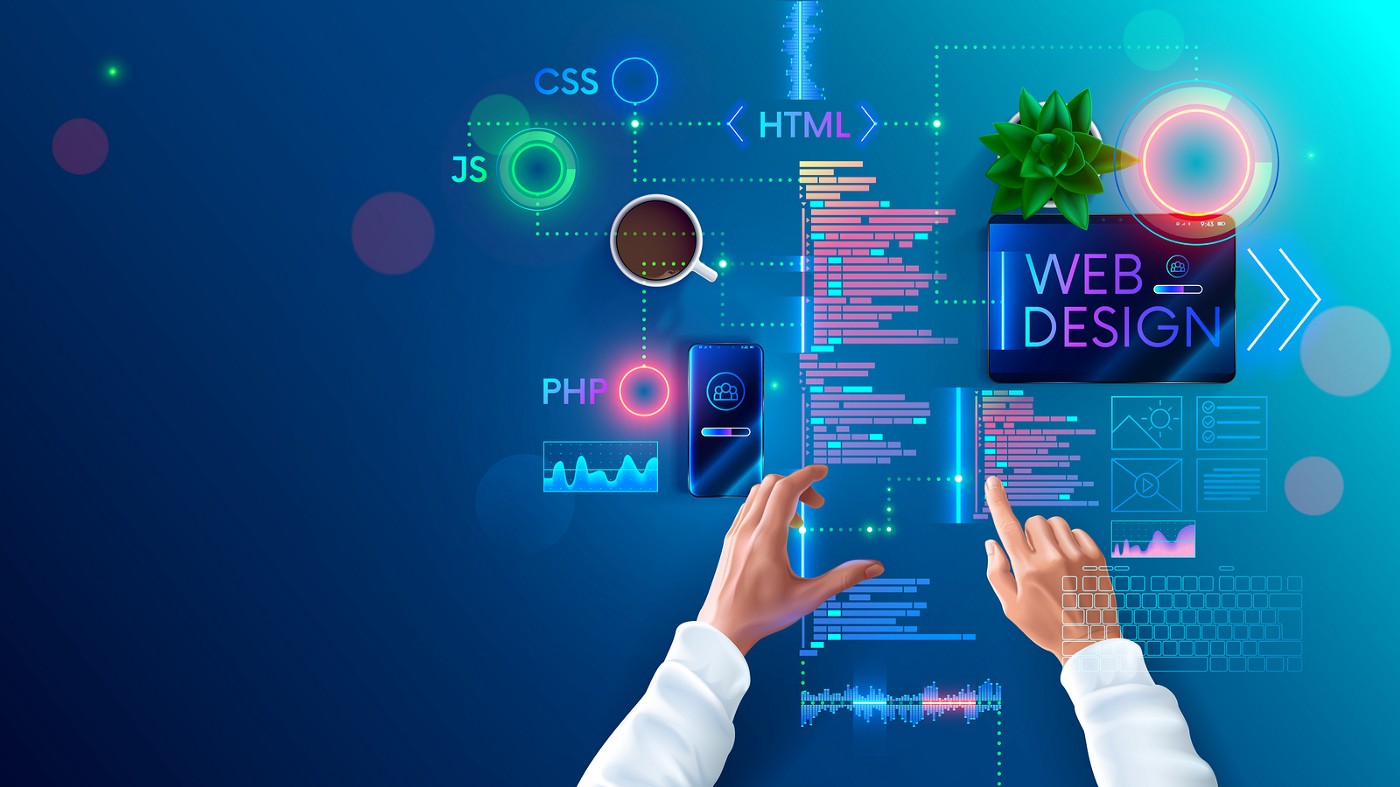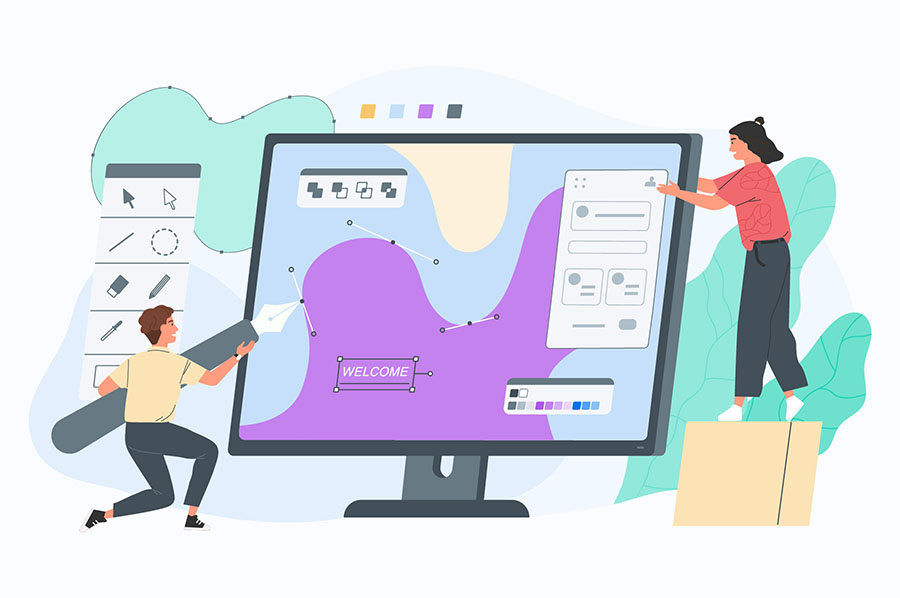All Categories
Featured
Table of Contents
- – Web Design Certificate - Web Development Certi...
- – What Is A Web Designer? (2022 Guide) - Brains...
- – Why Good Web Design Is Important, And Why You...
- – Learning Web Design: A Beginner's Guide To Ht...
- – Web Design - Wikipedia Tips and Tricks:
- – Web Page Design: A Comprehensive Guide - Adob...
- – Why Web Design Is Dead - - Ux Magazine Tips ...
- – Web Design And Development - Invision Tips a...
- – St Louis Seo Company - St Louis Web Design A...
- – Google Web Designer - Home Tips and Tricks:
- – Web Design - The First 100 Years - Idle Word...
Web Design Certificate - Web Development Certificate Program Tips and Tricks:
Quick summary Functionality and the utility, not the visual design, identify the success or failure of a website. Considering that the visitor of the page is the only person who clicks the mouse and therefore chooses everything, user-centric style has established as a standard approach for successful and profit-oriented web design - web design frederick md.
and the energy, not the visual design, determine the success or failure of a site. Because the visitor of the page is the only individual who clicks the mouse and for that reason decides whatever, user-centric style has actually ended up being a basic method for effective and profit-oriented web design. If users can't use a function, it may as well not exist.
g. where the search box ought to be positioned) as it has actually already been carried out in a number of posts; rather we focus on the techniques which, used correctly, can result in more sophisticated design choices and simplify the process of perceiving provided information. Please discover that you may be thinking about the usability-related articles we have actually released before: Concepts Of Great Site Design And Effective Website Design Standards, In order to utilize the concepts effectively we first need to understand how users engage with sites, how they believe and what are the basic patterns of users' habits.
What Is A Web Designer? (2022 Guide) - Brainstation® Tips and Tricks:
Visitors glimpse at each new page, scan some of the text, and click the very first link that catches their interest or slightly looks like the important things they're searching for. In reality, there are big parts of the page they don't even take a look at. The majority of users look for something intriguing (or useful) and clickable; as quickly as some appealing candidates are discovered, users click.
If a page supplies users with high-quality material, they want to compromise the content with ads and the design of the website. This is the reason that not-that-well-designed sites with premium material acquire a lot of traffic over years. Material is more crucial than the style which supports it.

Users don't read, they scan. Notification how "hot" areas abrupt in the middle of sentences. This is typical for the scanning procedure. Extremely simple principle: If a website isn't able to meet users' expectations, then designer failed to get his task done effectively and the business loses money. The greater is the cognitive load and the less intuitive is the navigation, the more willing are users to leave the website and search for alternatives.
Why Good Web Design Is Important, And Why You Need It Tips and Tricks:
Neither do they scan website in a linear style, going sequentially from one site area to another one. Rather users satisfice; they select the first reasonable option. As quickly as they find a link that looks like it might lead to the objective, there is a great possibility that it will be instantly clicked.
It doesn't matter to us if we understand how things work, as long as we can use them. If your audience is going to imitate you're designing billboard, then style great billboards." Users desire to have the ability to manage their browser and rely on the constant data presentation throughout the site.
If the navigation and website architecture aren't user-friendly, the number of enigma grows and makes it harder for users to comprehend how the system works and how to get from point A to point B. A clear structure, moderate visual clues and quickly recognizable links can assist users to find their course to their aim.
Learning Web Design: A Beginner's Guide To Html, Css ... Tips and Tricks:

claims to be "beyond channels, beyond items, beyond distribution". What does it indicate? Since users tend to check out websites according to the "F"-pattern, these three statements would be the very first elements users will see on the page once it is packed. The design itself is basic and user-friendly, to understand what the page is about the user needs to search for the answer.
Once you have actually achieved this, you can interact why the system works and how users can gain from it. Individuals will not utilize your web website if they can't discover their way around it. 2. Don't Squander Users' Patience, In every task when you are going to offer your visitors some service or tool, attempt to keep your user requirements very little.
Novice visitors want to, not filling long web forms for an account they may never use in the future. Let users explore the site and discover your services without forcing them into sharing private data. It's not reasonable to require users to get in an e-mail address to test the function.
Web Design - Wikipedia Tips and Tricks:
Stikkit is an ideal example for an easy to use service which requires almost nothing from the visitor which is inconspicuous and reassuring. And that's what you want your users to feel on your web website. Obviously, Termite requires more. Nevertheless the registration can be carried out in less than 30 seconds as the kind has horizontal orientation, the user does not even need to scroll the page.
A user registration alone is adequate of an impediment to user navigation to minimize incoming traffic. 3. Handle To Focus Users' Attention, As websites provide both fixed and vibrant content, some elements of the user interface attract attention more than others do. Obviously, images are more captivating than the text just as the sentences marked as bold are more appealing than plain text.
Focusing users' attention to particular areas of the site with a moderate use of visual elements can assist your visitors to receive from point A to point B without thinking of how it actually is supposed to be done. The less question marks visitors have, the they have and the more trust they can establish towards the business the website represents.
Web Page Design: A Comprehensive Guide - Adobe Xd Ideas Tips and Tricks:
Strive For Feature Exposure, Modern web designs are normally slammed due to their technique of assisting users with visually appealing 1-2-3-done-steps, large buttons with visual results and so on. From the design point of view these components in fact aren't a bad thing.
The site has 9 primary navigation alternatives which are visible at the very first glimpse. The choice of colors might be too light. is an essential principle of successful interface style. It doesn't actually matter how this is attained. What matters is that the material is well-understood and visitors feel comfy with the method they communicate with the system.
Rather a cost: just what visitors are looking for. An optimal option for efficient writing is touse short and concise expressions (come to the point as quickly as possible), usage scannable layout (classify the content, use multiple heading levels, utilize visual components and bulleted lists which break the circulation of consistent text blocks), usage plain and objective language (a promo doesn't need to sound like advertisement; provide your users some affordable and unbiased reason why they need to use your service or remain on your website)6.
Why Web Design Is Dead - - Ux Magazine Tips and Tricks:
Users are rarely on a website to enjoy the design; in addition, most of the times they are trying to find the info regardless of the style - web design frederick md. Pursue simplicity instead of complexity. From the visitors' point of view, the very best site design is a pure text, with no advertisements or further material obstructs matching precisely the inquiry visitors used or the content they have actually been looking for.
Finch clearly provides the details about the site and gives visitors a choice of alternatives without overcrowding them with unnecessary content. 7. Do not Be Afraid Of The White Space, Really it's actually hard to overstate the importance of white area. Not just does it help to for the visitors, however it makes it possible to perceive the info provided on the screen.
Complex structures are harder to read, scan, analyze and deal with. If you have the choice between separating two style segments by a noticeable line or by some whitespace, it's typically better to use the whitespace service. (Simon's Law): the better you manage to supply users with a sense of visual hierarchy, the simpler your content will be to perceive.
Web Design And Development - Invision Tips and Tricks:
The same conventions and rules should be applied to all elements.: do the most with the least amount of cues and visual elements. Clearness: all components ought to be developed so their meaning is not uncertain.
Conventions Are Our Pals, Conventional design of site elements does not result in an uninteresting web site. As they reduce the finding out curve, the need to figure out how things work. It would be a functionality problem if all sites had various visual presentation of RSS-feeds. That's not that various from our routine life where we tend to get utilized to standard concepts of how we organize information (folders) or do shopping (placement of products).
comprehend what they're anticipating from a website navigation, text structure, search positioning etc. A case in point from usability sessions is to equate the page in Japanese (presuming your web users do not know Japanese, e. g. with Babelfish) and provide your usability testers with a job to find something in the page of various language.
St Louis Seo Company - St Louis Web Design And Internet ... Tips and Tricks:
Steve Krug recommends that it's much better to, but make the most of conventions when you don't. 10. Test Early, Test Frequently, This so-called TETO-principle should be used to every website design project as use tests often supply into significant problems and concerns connected to a given layout. Test not too late, not insufficient and not for the wrong factors.
Some essential points to bear in mind: according to Steve Krug, and screening one user early in the job is better than testing 50 near the end. Accoring to Boehm's very first law, errors are most frequent during requirements and design activities and are the more expensive the later they are gotten rid of.
That means that you create something, test it, fix it and then evaluate it once again. There may be issues which have not been discovered throughout the very first round as users were practically obstructed by other problems.
Google Web Designer - Home Tips and Tricks:

This holds for designers. After you have actually dealt with a website for few weeks, you can't observe it from a fresh viewpoint anymore. You know how it is built and for that reason you know exactly how it works you have the wisdom independent testers and visitors of your site would not have.
It can be linked to other areas such as graphic design, user experience, and multimedia arts, however is more appropriately seen from a technological standpoint. It has actually become a big part of individuals's daily lives. It is tough to picture the Web without animated graphics, various designs of typography, background, videos and music.

During 1991 to 1993 the World Wide Web was born. Text-only pages could be seen utilizing a simple line-mode internet browser. There had actually been no integrated method to graphic design elements such as images or sounds.
Web Design - The First 100 Years - Idle Words Tips and Tricks:
The W3C was created in October 1994 to "lead the Internet to its full potential by developing typical protocols that promote its development and ensure its interoperability." This discouraged any one company from monopolizing a propriety web browser and programming language, which might have modified the effect of the Web as a whole.
As this has occurred the technology of the web has also proceeded. There have likewise been considerable modifications in the method people use and access the web, and this has altered how websites are designed. Given that the end of the browsers wars [] new browsers have been released. A lot of these are open source implying that they tend to have much faster development and are more encouraging of brand-new requirements.
Learn more about Lovell Media Group LLC or TrainACETable of Contents
- – Web Design Certificate - Web Development Certi...
- – What Is A Web Designer? (2022 Guide) - Brains...
- – Why Good Web Design Is Important, And Why You...
- – Learning Web Design: A Beginner's Guide To Ht...
- – Web Design - Wikipedia Tips and Tricks:
- – Web Page Design: A Comprehensive Guide - Adob...
- – Why Web Design Is Dead - - Ux Magazine Tips ...
- – Web Design And Development - Invision Tips a...
- – St Louis Seo Company - St Louis Web Design A...
- – Google Web Designer - Home Tips and Tricks:
- – Web Design - The First 100 Years - Idle Word...
Latest Posts
Web Design Tutorials By Envato Tuts+ Tips and Tricks:
The Top 10 Most Important Elements Of A Website Design Tips and Tricks:
What Is A Web Designer? (2022 Guide) - Brainstation® Tips and Tricks:
More
Latest Posts
Web Design Tutorials By Envato Tuts+ Tips and Tricks:
The Top 10 Most Important Elements Of A Website Design Tips and Tricks:
What Is A Web Designer? (2022 Guide) - Brainstation® Tips and Tricks: